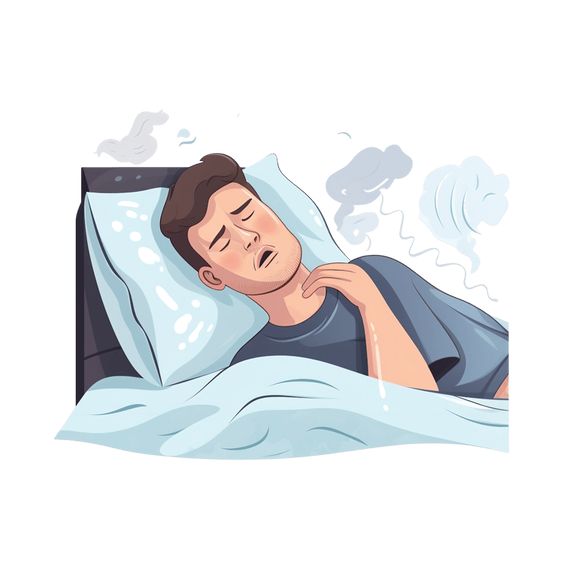
The discomfort caused by strep throat is something that most people don’t easily forget. While viral infections cause most sore throats, strep throat results from a bacteria called group A Streptococcus. That’s why treating it requires more than just teas and over-the-counter painkillers. This disease affects your throat and tonsils, which are the lymph nodes at the back of your throat, leading to serious pain and high fever.
Group A strep bacteria are highly contagious, so contracting strep throat is not very difficult if you come into contact with one of the 14,000 to 25,000 people who get it each year in the United States. In extreme cases, a strep throat infection can lead to rheumatic fever, which can damage your heart valves. Although rare, strep throat may put children in particular danger, so acting quickly when you realize you’re dealing with strep throat can help prevent this risk. It’s important to know the symptoms, causes, and treatments for strep throat.
Symptoms of Strep Throat: Heeding the Warning Signs
Early symptoms of strep throat can feel like a normal if somewhat severe, sore throat. However, you should pay attention to how quickly the pain starts. With a bacterial infection like strep throat, the pain will be very severe very rapidly. You will also have a high fever. The highest temperature usually occurs during the second day of the infection.
You can also experience the following:
- Sweating
- Abdominal pain
- Nausea
- Vomiting
- Chills
- Headache
- Loss of appetite
How Do You Get Strep Throat?
If you open your mouth wide, you will see that your throat and tonsils appear red and swollen. You might also see white patches on your tonsils. If you press your fingers against your neck, you’ll likely feel swollen lymph nodes.
You can get strep throat if you come into contact with someone with a group A Streptococcus bacteria infection. This can sometimes be difficult to prevent, especially because some people do not show many symptoms and may look perfectly fine.
Respiratory droplets allow bacteria to travel. The bacteria that cause strep throat live in the nose and throat. If someone with these bacteria coughs or sneezes close to you, you can breathe them in and catch the disease. The droplets can also end up on objects or surfaces, so if you touch these and then touch your nose, mouth, or eyes, you can also catch strep throat.
Sharing personal items with someone who is ill or drinking from the same glass can also help spread the disease. If you know someone around you is sick, avoid touching objects they’ve touched without first disinfecting them.
The incubation period for strep throat is two to five days. This means you can catch the illness from another person even before they show any symptoms.
Around 24 hours after someone starts taking antibiotics, however, they will no longer be contagious.
Ensuring the Right Diagnosis
You must receive an accurate diagnosis to begin the treatment you need to feel better.
Your doctor will ask about your symptoms and perform a physical examination before taking a swab from your throat. They can send the swab to a lab for testing or perform a rapid strep test to verify the condition quickly. The strep test takes about 20 minutes.
Treating Strep Throats: Trusting Antibiotics
The most effective treatment options for strep throat are antibiotics. Because bacteria cause the disease and not a virus, your body may struggle to manage it without pharmaceutical help.
The most effective antibiotics for group A Streptococcus bacteria are penicillin and amoxicillin. Continue taking the antibiotics for as long as your doctor tells you, even if you feel better.
You can also try some home remedies to alleviate your symptoms. Eat soft foods to avoid irritating your throat, and suck on lozenges to ease the pain. Gargling with warm salt water can also help.
Drink lots of water. Your body needs to stay hydrated to deal with the illness's symptoms and avoid any side effects from the antibiotics. You also want to get plenty of rest.
Getting Relief from Strep Throat Discomfort
Although strep throat is a common condition, it is not a pleasant experience. Taking steps to prevent catching the illness and acting quickly if you develop symptoms can make a difference. Remember, after a few days of antibiotics, you can expect to feel more like yourself again.
Resource Links:
- “Strep Throat: All You Need to Know” via Centers for Disease Control and Prevention
- “Surveillance for Group A Strep Disease” via Centers for Disease Control and Prevention
- “Rheumatic Fever” via National Center for Advancing Translational Sciences
- “Rapid Tests for the Diagnosis of Group A Streptococcal Infection” via National Library of Medicine






